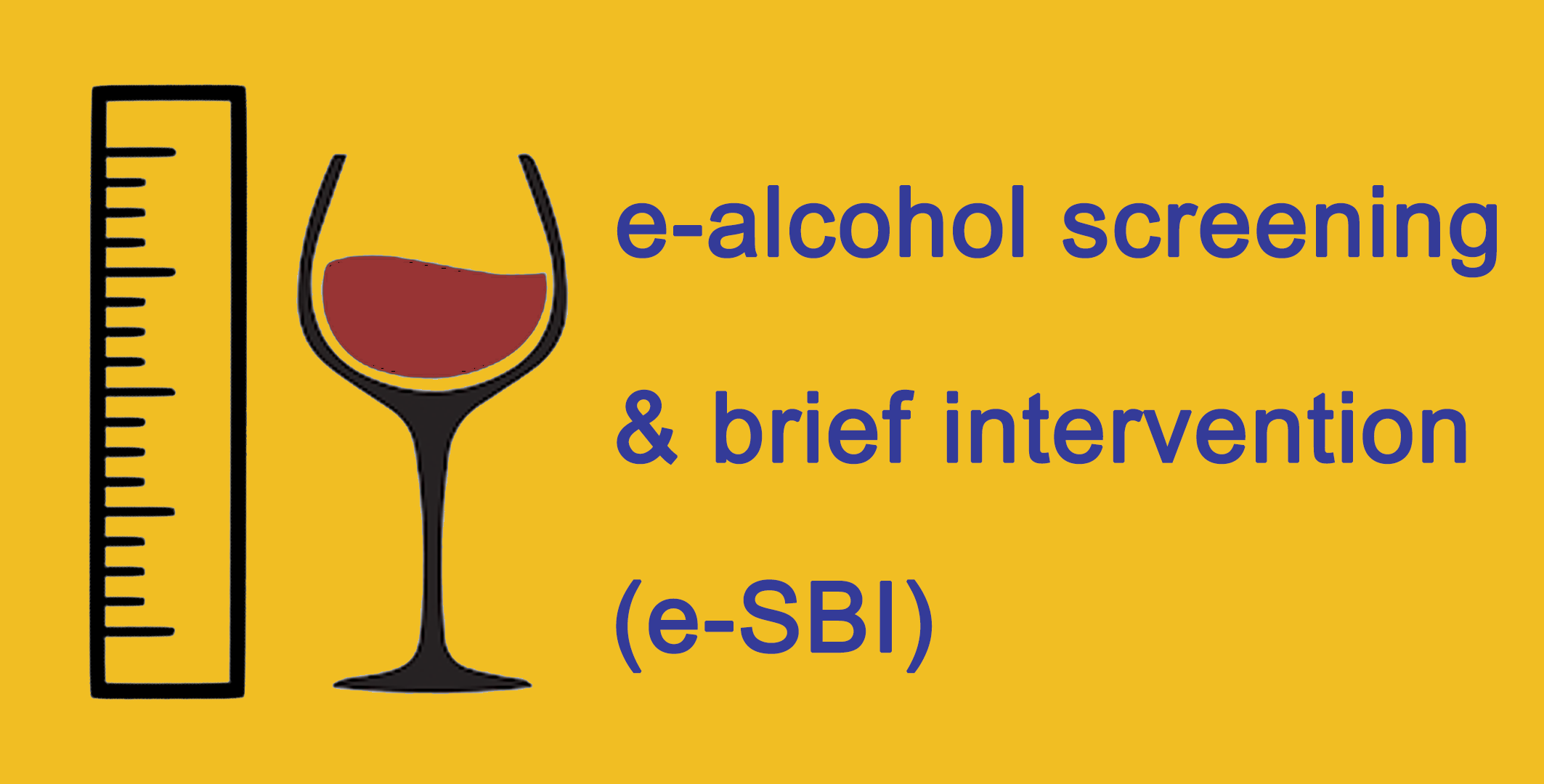Injuries are not accidental, prevention is possible
Despite the magnitude of the problem, there is a broad range of strategies based on sound scientific evidence that have been shown to be effective in reducing injuries. For example, Sweden has successfully managed to reduce the rate of child injuries over the past few decades by about 80% among boys, and about 75% among girls. These dramatic reductions have been achieved using a range of approaches cutting across several sectors, and involving children and the community.
Trends in child injuries, Sweden, 1969 - 1999

Source:
Laflamme, Karolinska Institute, Sweden
World Health Organization (WHO). World Report on Child Injury Prevention. Geneva, Switzerland: WHO; 2008
Laflamme, Karolinska Institute, Sweden
World Health Organization (WHO). World Report on Child Injury Prevention. Geneva, Switzerland: WHO; 2008
Many of these injury prevention programmes have steadily decreased the burden of injuries by applying proven prevention and treatment strategies. A number of countries have also managed to reduce their road traffic mortality rates in recent decades.
Trends in road traffic deaths in selected countries, 1978 - 2007

Source: Global status report on road safety, WHO, 2009






































